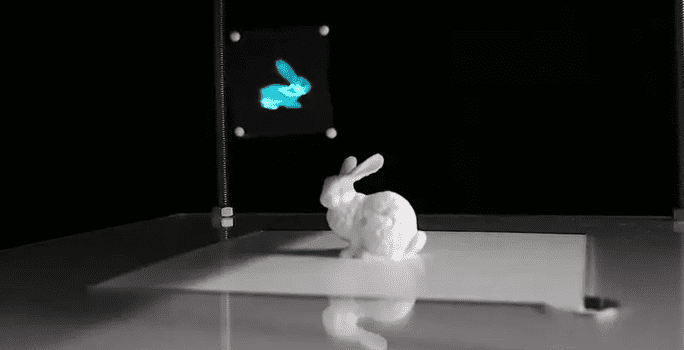Ultrasonic sound waves have been used to levitate objects in crowded rooms to make hologram-like displays. Such acoustic levitation was previously only practical in empty spaces, but now a team of scientists have found a method to keep items levitated by sound waves when other objects interfere with the levitation path.
In a paper published in the journal Science Advances, the University College London researchers describe their self-correcting levitation system.
Previous studies have demonstrated that directing sound waves at things can cause them to levitate. Since sound waves are nothing more than air particles travelling together in a specific way, if an object interferes with the sound waves, the object being levitated will fall. The researchers created additional features to solve this issue in this latest attempt.
They doubled the number of speakers used in their work to protect the sound waves from interference. They also installed software that allows them to control each of the speakers. The speakers were set in a grid, and sound waves with specified shapes levitated objects.
The team was able to get the system to operate together to hold an object above the grid in the air despite interruption by programming the speakers. When certain sound waves were suppressed, others were rerouted to take their place.
The researchers demonstrated the efficacy of their technique by utilising a 3D-printed white rabbit as an interference item. Regardless of where the rabbit was, objects were levitated around it. For example, in one experiment, researchers levitated beads around a rabbit, transforming it into a flying butterfly.

They also levitated a piece of cloth, which they utilised as a screen to project the rabbit they had printed. Moreover, they levitated a single drop of water over a glass of water, demonstrating that their method worked even when the interfering object was a jiggling glass of liquid.
According to the researchers, this method might be utilised for demonstrative purposes, such as in museums or ads. Furthermore, they intend to expand their system in the future so that it can handle numerous conflicting objects at the same time.
Researchers have only examined acoustic levitation in settings full of sound-scattering items that don’t move at all or move in a few known ways, such as a hand attempting to touch a levitating hologram. Their second target is to picture-perfect their technique using sound when everything in the room moves in unexpected and unanticipated ways.


